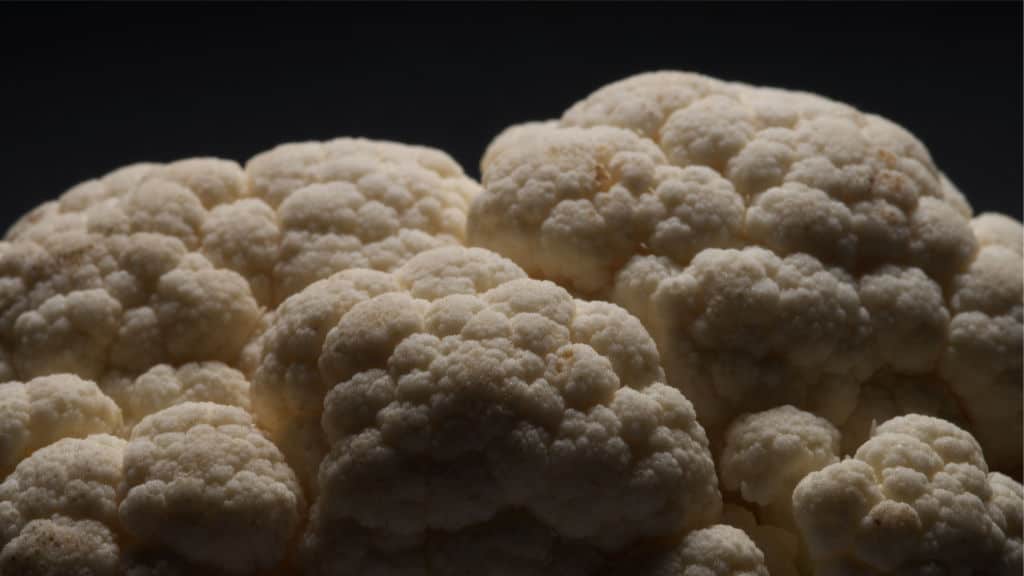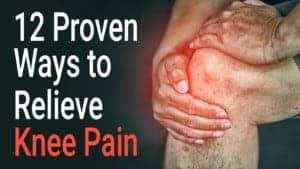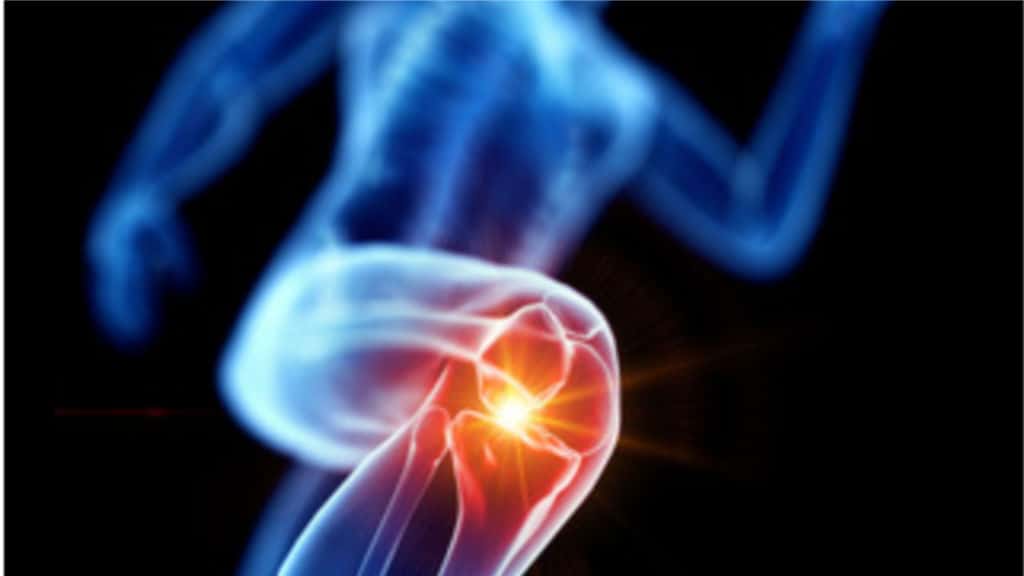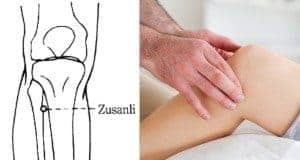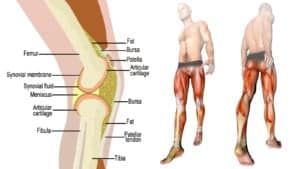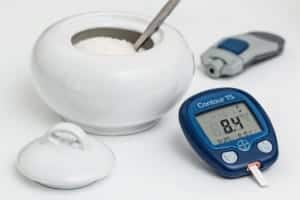When you retire, you’ll suddenly find yourself with so much more free time than you’ve ever had before. But what can you do with your free time during retirement? Or, instead, what should you do with it?
There are endless options that you have for spending your retired years positively and productively. It’s up to you which ones you choose, but they can all be great for keeping you healthy, active, social, and happy.
Here Are 10 Things Everyone Should Do After Retirement
1. Take Up A Sport
Retirement often comes at an age where exercise is more important than ever. Exercise, especially outdoors in the morning or evening sun, can do wonders for your health. Even low-intensity activity can have positive effects on blood pressure, heart health, and more.
What should you do? Perhaps there’s a sport you wish you had more time to play or one you’ve always wanted to learn. Here are some examples of good sports options.
- Swimming
- Biking
- Boating
- Fishing
- Aerobics
- Walking
Of course, more extreme sports may not be the best option for you – but hey, if that’s something you want to try, you can take up lessons! Golf, tennis, and similar sports are great options for the kinds of games you may want to take classes for.
Here are some great benefits of exercise for those living their golden years:
· Better Mental Health
Exercise releases feel-good hormones called endorphins, which can have a positive effect on your mental health overall.
· Cognitive Function
There have been multiple links found between regular exercise and a lowered risk of cognitive degeneration.
· Disease Prevention
Exercise can reduce your risk of heart disease, stroke, high blood pressure, diabetes, and even more severe disorders.
· Lower Fall Risk
You are less likely to fall when you exercise regularly – and, if you do fall, exercise reduces your risk of serious injury.
· Reducing Tension
Training is an excellent form of stress relief, and exercising regularly can help you feel less tense.
2. Connect With Your Loved Ones
When you’re working, you don’t have a lot of time to spend with those who matter to you. That issue is no longer a problem for those who are retired, so don’t let your time go to waste! You can opt to:
- Give your loved ones more calls, whether voice or video
- Text your loved ones often
- Arrange “dates” with your loved ones and have good times together
- Take the time to travel to visit your loved ones who live very far away
- Reconnect with loved ones that you may have fallen out of touch with
3. Adopt A Pet
Adopting a pet can be extremely helpful for seniors, for many reasons:
· Pain
Old age often comes with its fair share of aches and pains. Studies suggest that pets can actually not only help to distract senior citizens from chronic pain but even reduce their experience of both emotional and physical pain.
· Mental Health
The hormone oxytocin, which boosts positive thinking, is released when a dog owner looks into the eyes of their dog for just five minutes! Cuddling with any animal at all, or even watching fish swim, also produces a similar effect.
· Activity
When you have a pet, you get to exercise more often. You walk your dog, play with your cats, carry pets, clean up after them, and so on. It’s recommended that those aged 65 and up – basically retirement-aged individuals – get moderate aerobic exercise totaling 2.5 hours weekly, and pets can help with that.
· Social Interaction
Numerous studies indicate that loneliness can be deadly. When you’re isolated, your risk of stroke increases by 32% and your risk of heart disease increases by 29%, plus you gain a 30% greater risk of dying in the next seven years. Pet ownership can make you more social, not just by easing your loneliness, but by encouraging positive connections with other pet owners.
· Routine
Routine is good for mental health and positive thinking, and when you have a pet, a routine is commonplace. A majority of senior citizens find that pet ownership helps them stick to a specific method. Post-retirement, there is no real structure to one’s life, and some even lose their sense of purpose. A pet can prevent that from happening.
However, you should make sure that you are capable of caring for a pet and meeting their needs before taking on the big responsibility of adopting a pet. Remember, you will have to:
- Care for and finance their basic needs as well as medical needs
- Provide exercise and daily walks for most pets
- Provide training for most types of pets
- Consider where they will go and who will care for them in the event of an emergency
- Be able to give a pet the attention and affection they need
4. Learn A New Skill
The saying “you can’t teach an old dog new tricks” doesn’t have to apply to you! In fact, the act of learning new skills and information can help keep your mind sharp, preventing degenerative conditions. You can take classes, watch tutorials, or join communities featuring areas that interest you. Examples of common retirement hobbies are:
- Crafting
- Fishing
- Writing
- Completing puzzles
- Knitting
- Drawing or painting
- Pottery
- Playing musical instruments
- Carpenter work
- Cooking or baking
If you’re not into the idea of learning brand new things, you can opt to keep your skills sharp instead. Don’t get rusty at the things you spent your life doing.
5. Work Again On Your Own Time And Terms
For some, retiring can lead to idleness and restlessness that is uncomfortable. If that’s the case for you, then you’re more than welcome to return to work. The best part about this is that it’s on your terms and you can decide how much time you want to spend working. You could open a business, work as a consultant, do part-time work, or even drive a taxi or Uber.
You can also opt to take a gap year, which sounds like a college concept but is pretty standard among retirees. They take a year off right after they retire to travel the world, do new things, pursue new hobbies, or even just rest. Then, after that year is up and you’ve ticked something off your bucket list, you can think about doing work again.
6. Have A Daily Routine
When we discussed the possibility of having pets, we talked about the importance of a daily routine. And it is essential! Routine can give you a sense of structure and purpose that you lose when you stop working. Examples of common routine activities that you can add to your everyday actions are:
- Reading the morning paper
- Watching your favorite television program
- Going for a walk or jog at the same time every day
- Going for classes or activities on a regular and routine basis
- Dedicating a few hours to hobbies or learning
7. Volunteer
If you’re seeking a more dedicated sense of purpose, volunteering can be a great way to find it. You’re contributing to the happiness and health of other people, and you’re doing something good with all your free time. You’ll feel good about yourself, get the chance to interact and socialize with others, and learn more about the struggles of those around you. Examples of ways you can volunteer are:
- Volunteering at a local shelter, whether for animals, the homeless, at an orphanage, or another establishment
- Clear your items and donate them, or seek out things to donate
- Reading to children
- Aid those who are starting up in your field
- Mentoring someone
- Joining a volunteer organization for seniors or retirees
- Donating blood
- Participating in scientific studies
8. Make New Friends
Social interaction is crucial to health. We’re already talked about how isolation can increase your risk of disease development and even death. So make new friends from all sorts of circles. Join organizations, clubs, and classes that will help you find people to talk to.
Most importantly, try to befriend those outside of your usual age range and from different backgrounds. Befriending younger individuals keeps you up-to-date on modern life, and helping those from other walks of life improves your empathy and opens your mind to different perspectives and opinions.
Once you do make friends, commit to seeing them regularly often. Arrange weekly lunch “dates” or hang out with them by going to all your classes, organization meetings, club events, and more.
9. Manage Your Money
This isn’t as fun, but it’s relatively essential. Money management is crucial to a smooth retirement. Even if you think you’re okay, it’s a good idea to keep an eye on your finances and make sure that you’re keeping tabs on how much money is leaving your pockets. Here are some tips:
- Log your spending and any income you receive; you can use a spreadsheet on a computer or just an old-fashioned book. Keep receipts, too, if that helps!
- Learn how to be tax-efficient in accessing, spending, and earning money.
- Determine how much expendable funds you have, meaning funds after required payments like bills and loans and after basic needs like food and utility allowances.
- Continue to keep your money invested in good areas.
- Consider hiring a financial adviser if you’re struggling to get your money in order
The last thing you want is for your pension to run out while you still need it. Get a definite spending plan in place, so that doesn’t happen!
10. Travel
Yes, travel can be quite expensive. But if you can afford it, it’s something that you likely didn’t have enough time for before but have plenty of time for now! Consider your bucket list, your dream country vacations, and other similar factors.
Of course, you don’t have to spend a ton of money on traveling. Go on a road trip around the country, or rope friends into the travel plan to save and share costs. You can even try out living an RV-type lifestyle, if that’s something you’re interested in, or seek out cheap accommodation and flight tickets through flash deals.
Final Thoughts On Some Things Everyone Should Do After Retirement
Some people look forward to retirement, only to find that they have no idea what to do when it finally comes. But with these ten ideas – and the many more out there – you can find the perfect ways to spend your twilight years in retired bliss.







